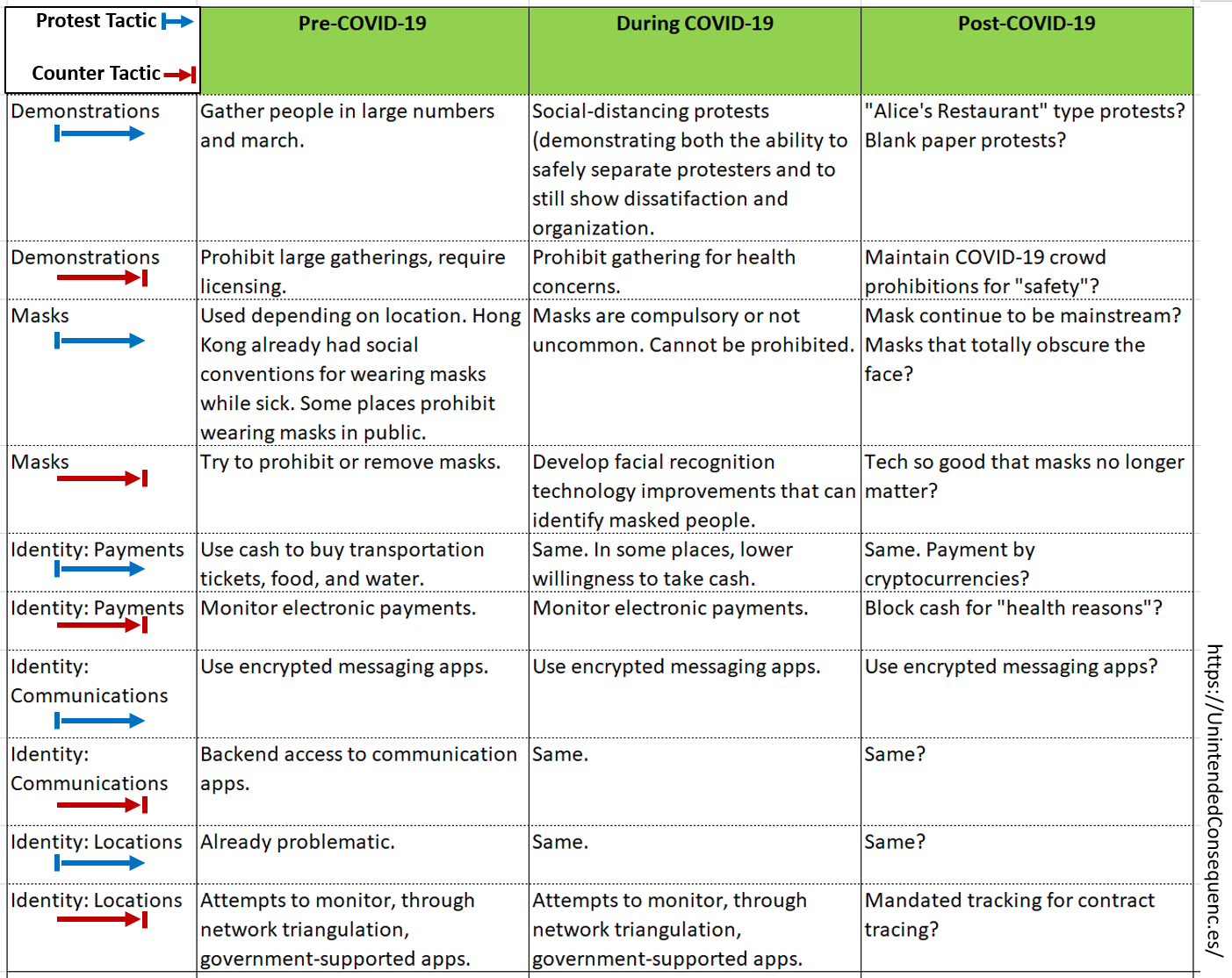Before we talk about narrative capture, let’s look at capture of another type.
Regulatory capture
Regulatory capture involves situations where a regulator ends up serving the interests of an industry, specific company, or other group. The people who are supposed to be making the rules end up following the lead of the very groups that they are supposed to be regulating.
Sometimes this is intentionally planned and financially supported and sometimes it just happens because of system design.
For a glimpse of thinking about regulatory capture during the late 1800s attempt to regulate railroads in the US, we have this attorney’s letter to a railroad president:
“My impressions would be that, looking at the matter from a railroad point of view exclusively, [repeal of the Interstate Commerce Act] would not be a wise thing to undertake…. The attempt would not be likely to succeed; if it did not succeed, and were made on the ground of the inefficiency and uselessness of the Commission, the result would very probably be giving it the power it now lacks. The Commission, as its functions have now been limited by the courts, is, or can be made, of great use to the railroads. It satisfies the popular clamor for a government supervision of railroads, at the same time that that supervision is almost entirely nominal. Further, the older such a Commission gets to be, the more inclined it will be found to take the business and railroad view of things…. The part of wisdom is not to destroy the Commission, but to utilize it.” — Richard Olney, letter to Charles E. Perkins, 1892
Or, as I’ve heard someone say, “I like having a big board to report to because they never get anything done.” Continue reading “Narrative Capture”

